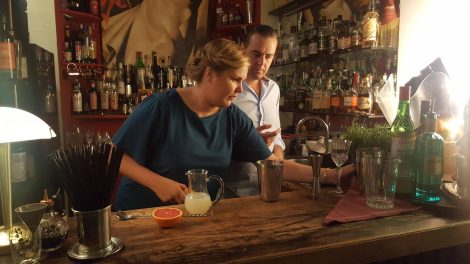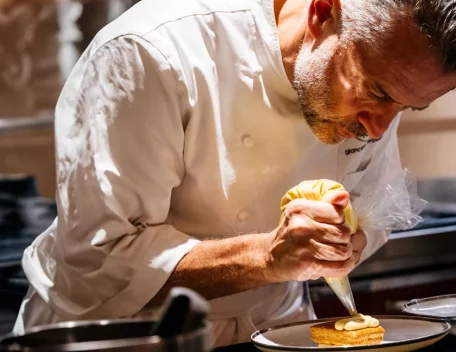We seek lightness, we want lightness, we drink lightness. The keyword of 2024 in the world of wine seems to be, but we can always be wrong, lightness. It's the same as in 2023, let's also say in 2022 or 2021. We all find it challenging to tune back into more structured, rich, and opulent wines. The mantra of lightness is prompting many producers to a quick rethink, a sort of transition to a Westward shift towards essential registers capable of enhancing the sipping even of types that, by their nature, require something else. Perhaps calm and chalk. On the other hand, if the vintages are increasingly warm and hot and the wines are increasingly lean and light, it means that the change has to do with us. These and other reflections accompanied a recent trip to South Tyrol. Between one canederlo and another, we made friends with three bottles that deserve a story of their own.
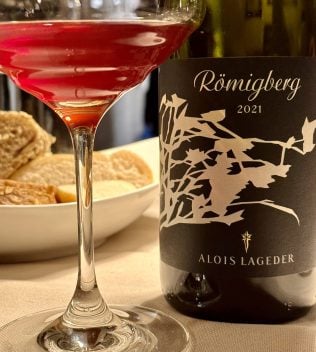
Schiava Römigberg 2021 Alois Lageder
We had run out of candles on the table, so we decided to uncork Lageder's Schiava. What a color. Bright and lively, splendid. Few characters have influenced the viticulture of South Tyrol as forcefully as Alois Lageder. The Schiava is produced on the shores of Lake Caldaro on soils rich in clay and dolomitic lime. There's a hint of CO2 dictating the timing of an overwhelming drink. Enchants with scents of violet, rose, and crunchy blueberries. The palate is graceful and flavorful, with measured fruity sweetness, and a slight saltiness pushing the juice. Light finish of bitter almond. Bottle emptied at record speed, barely made it through the first round of speck. Not to be missed. Euro 16.
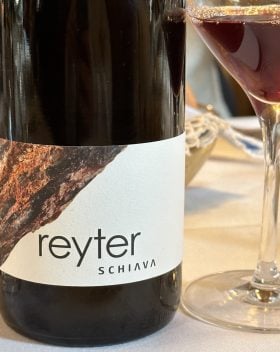
Schiava 2018 Reyter
The other side of Schiava. Christoph Reyter strongly believes in the evolutionary potential of this wine, so much so that it comes to market several years after the harvest. The grapes come from the vineyards of Caldaro and Termeno (over 500 meters above sea level), with some very old plants: the average age exceeds 60 years. Part is vinified partially with stems and then matures for two years in tonneau. With an intense garnet nail, there are no notes of oxidation. Scents of undergrowth, hazelnut, and pepper. The palate has volume, with toasty sensations, cumin, and orange peel. It won't age for another 10 years, but it has reached a good point of maturity. Euro 26.
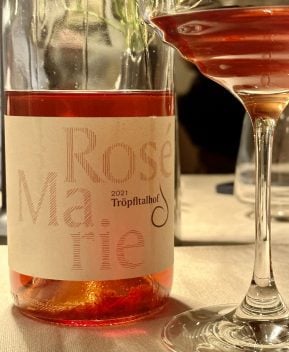
RosèMarie 2021 Tröpltalhof
1,000 bottles produced. This detail was enough for us to order the wine at the restaurant. Andreas Dichristin has dedicated the blend of Merlot (85%) and Cabernet Sauvignon (15%) to his wife Rosemarie. We are on the shores of Lake Caldaro, in the Feld area; the wine ferments and matures in an amphora on fine lees for about a year. The nose starts silent, needs to be sought in the glass. It opens with hints of almond, geranium, and watermelon. The palate is very acidic, dry, progressive. It has an austere register, notes of pepper, and a slow and continuous mineral background. The most fascinating thing is the rhythm of the progression, the mouth doesn't have much pulp but has continuity and relaxation. Not a very long but incisive finish. Euro 27.

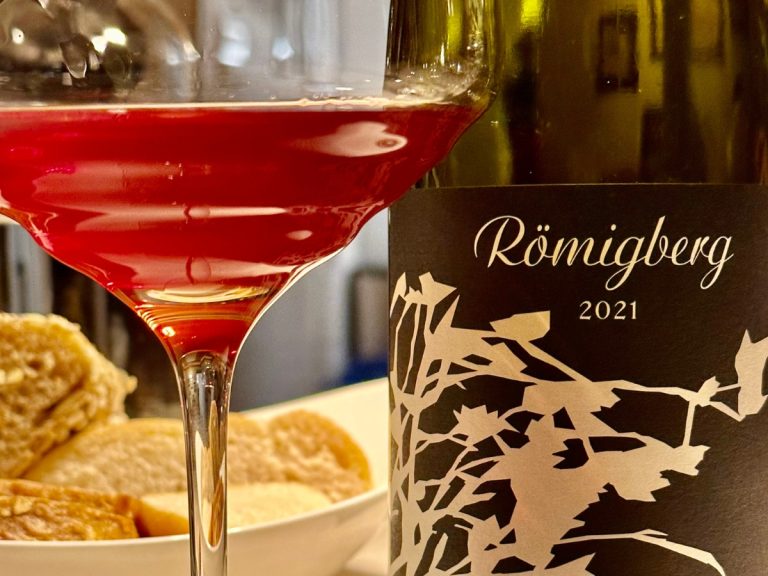
 What changes for the export of Italian wines to China under the new regulations?
What changes for the export of Italian wines to China under the new regulations? “Forget dealcoholised wines. The future is Komb(w)ine.” Moser and Ravizza present a new grape must-based product
“Forget dealcoholised wines. The future is Komb(w)ine.” Moser and Ravizza present a new grape must-based product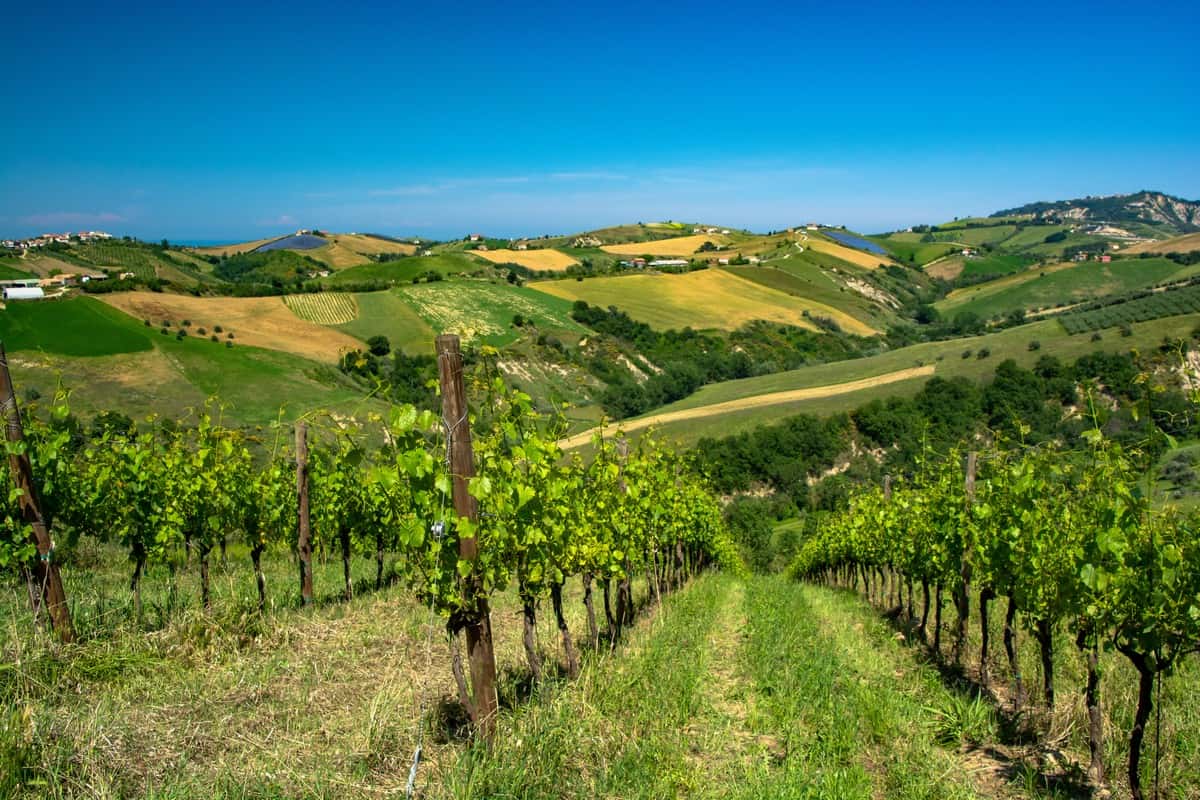 Global wine consumption at a historic low and vineyards in decline. The OIV report outlines a 2024 to forget
Global wine consumption at a historic low and vineyards in decline. The OIV report outlines a 2024 to forget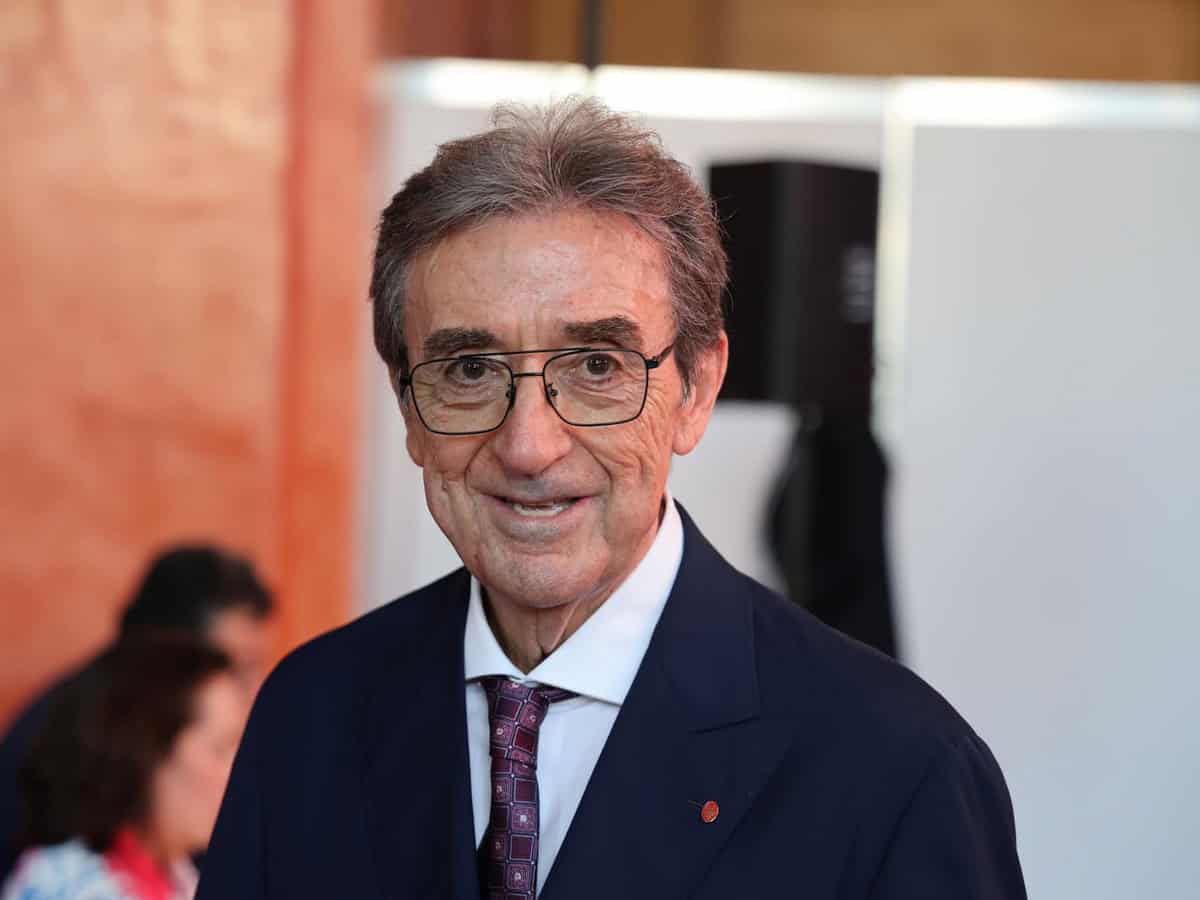 Oenologist Riccardo Cotarella will also produce dealcoholised wine: "My first bottle will be out in October and it won’t be bad"
Oenologist Riccardo Cotarella will also produce dealcoholised wine: "My first bottle will be out in October and it won’t be bad"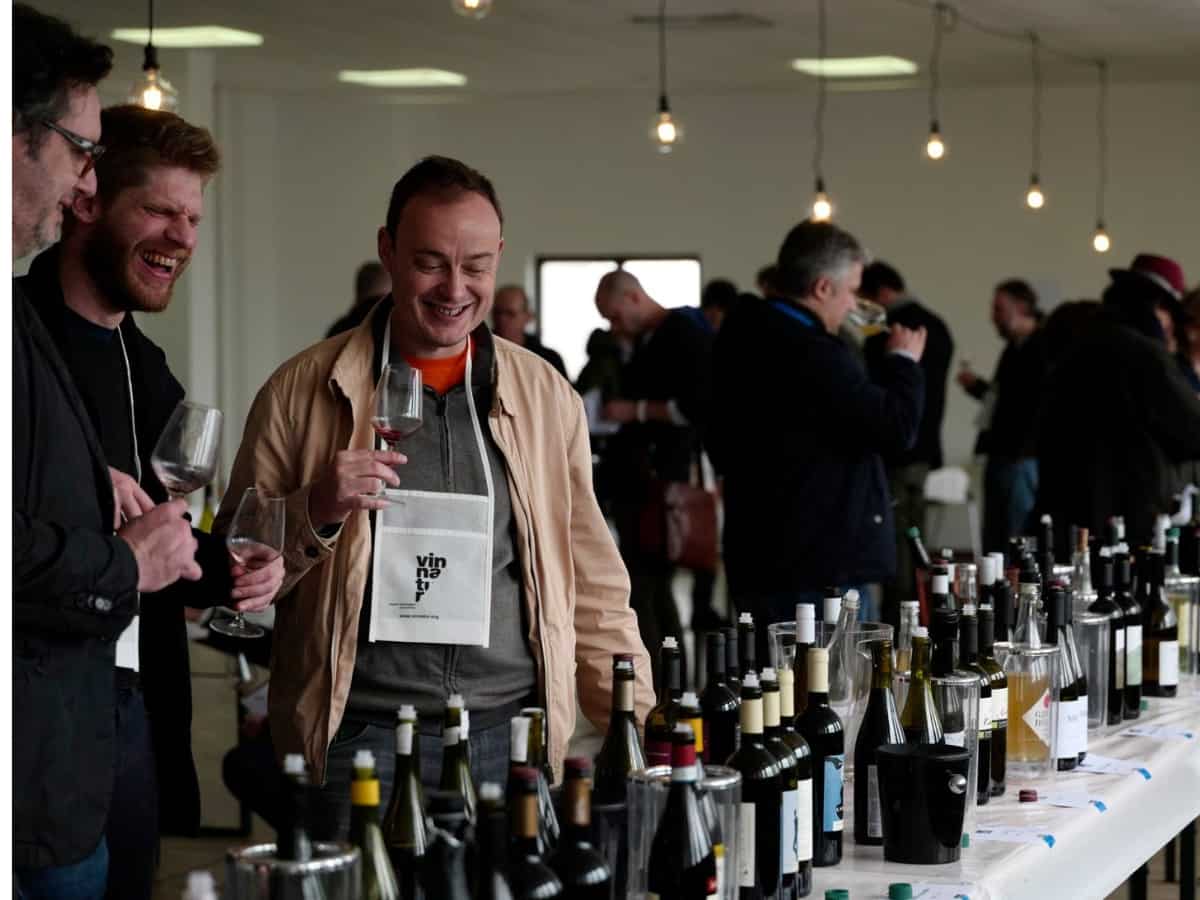 Dear natural wine world, enough with the constant polemics. If you don’t want to self-ghettoise, self-criticism is needed
Dear natural wine world, enough with the constant polemics. If you don’t want to self-ghettoise, self-criticism is needed



